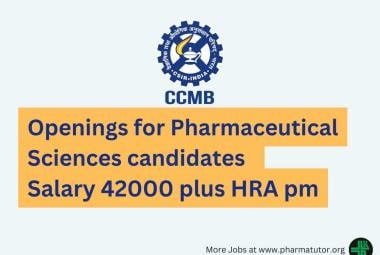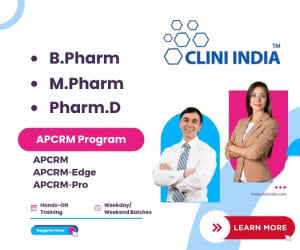Multiple vacancies in GCP (13 posts) - Require Professors, Associate Professors, Assistant Professors
In the year 1963, after liberation of Goa in 1961, the institute was renamed as " GOA COLLEGE OF PHARMACY" and shifted to the present premises which was formerly a Portuguese school. This pharmacy course was upgraded to a full fledged degree course of Bachelor of Pharmacy under University of Bombay. Diploma in Pharmacy course was started in 1966. Later in 1970, the college was recognized for Master's degree in Pharmacy entirely by Research, under University of Bombay.




 Pharmacovigilance is the pharmacological sciences relating to the detection, assessment, understanding and prevention of adverse effects, particularly long term and short term side effects of the therapeutic drugs, devices and biologics. Setting up of stringent laws by regulatory bodies (e.g.
Pharmacovigilance is the pharmacological sciences relating to the detection, assessment, understanding and prevention of adverse effects, particularly long term and short term side effects of the therapeutic drugs, devices and biologics. Setting up of stringent laws by regulatory bodies (e.g.







.png)


